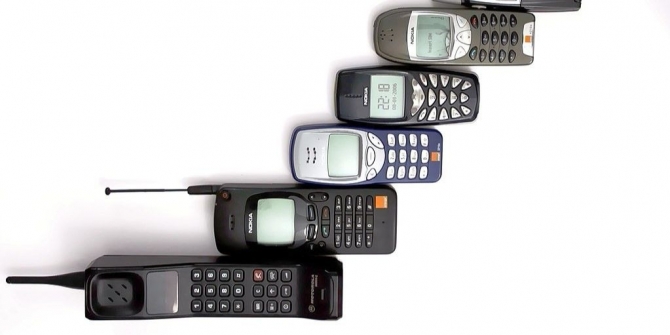Olina Banerji talks to LSE alum and serial entrepreneur Kallol Borah about his latest start-up venture, Lukup Media, a comprehensive content platform seeking to revolutionise the television watching experience in Indian homes.
In his angular white office in a leafy suburb of Bangalore, Kallol Borah is carrying out a demonstration of his latest product—the Lukup Media player. Using a large LCD television that dominates much of the room, Borah explains the concept of interactive advertising. “It’s about demanding more from the advertisements you see,” he says. A serial entrepreneur, Borah’s latest invention is set to change the way we watch television from what he terms “appointment” to “interactive” viewing. Lukup, which started with the idea of providing software to cable operators for innovative advertising spots, is now producing its own hardware and aiming for a retail launch later this month. Borah’s ambitious goal is for Lukup to replace set-top boxes.
The Lukup player allows viewers to do a combination of things with their viewing experience: first, it offers interactive advertising that enhances the features of a product viewers want to buy; second, Lukup is a content aggregator that offers international channels as well (Borah informs me that he has already bought content from Warner Bros and ITV); third, the player lets viewers play content on demand: “The digital video recording facility penetration is at a mere two per cent [in India]. Only a few cable operators offer it as a service,” explains Borah; and fourth (and this is where the genius lies), Lukup lets viewers direct different content to multiple screens in one home: “This feature was developed keeping in mind how viewership in Indian families has changed. In contrast to a time when the whole family would huddle together in front of one TV set, we now live the multi-screen life,” adds Borah.
Lukup is aimed at the 15.5 crore households in India that watch television, but Borah got his start as a child of the dotcom generation. When he returned to Britain in 1999, he was determined to stake a claim in the booming industry. “I lived in a boarding house for men where I found a mixed crowd that included budding entrepreneurs. Companies were getting funded rapidly,” he recalls. Borah and two of his friends launched their first venture, an online platform for trading bulk commodities that drive major trades across the world. It was still early days in terms of web business—Google was the new kid on the block and sophisticated software for business trading was a bold, new idea. The platform sold in 2000, and Borah took home a neat sum as seed capital. But he still lacked field experience.
Cut to 2009 and Borah was looking at starting-up again. By now he was seasoned player in the business, and despite launching a few unsuccessful supply chain products, he was ready to take a risk. In the 10 years since his first venture, the internet had revolutionised news and entertainment consumption. Yet one consumer item remained a constant across countries and classes—the television. “I realised that television penetration in the viewership market had not dwindled at all, despite the emergence of broadband and rising levels of literacy,” says Borah. Lukup therefore decided to invent for old media rather than add to the cacophony of new media. Low entry barriers and a few good leads helped Borah hit the ground running.
Lukup has already begun selling to Direct-To-Home and cable providers and is marketed as an add-on value service. The independent player is currently priced at 9,000 rupees—steep when compared to the average installation cost of a set-top box at 2,000 rupees.
But Borah believes he can use content to beat the competition. “When we analysed our potential customer base, we realised that those with incomes greater than 3.5 lakh rupees per annum can pay for entertainment options. But those who earn about 20,000 rupees per month will defer paying for an upgrade on their cable connection unless a better value proposition is made,” says Borah.
Lukup seeks to differentiate itself in the market by offering that added value. By hosting content that has direct value for middle-income families, Borah is hoping to introduce a new engagement with content. The challenge, he concedes, is in developing indispensable, meaningful content.
Borah’s ambitious vision for Lukup has the potential to revolutionise how Indians interact with their entertainment content. However, it will be an uphill task for the organisation to manufacture, design, retail and maintain devices for the 20 million customers they are targeting. Lukup’s upcoming retail launch will truly test Borah’s plans to make over the patterns of television consumption in India.
Olina Banerji is a Consultant with Ashoka India and graduated from LSE with an MSc in Media and Communications in 2010.






